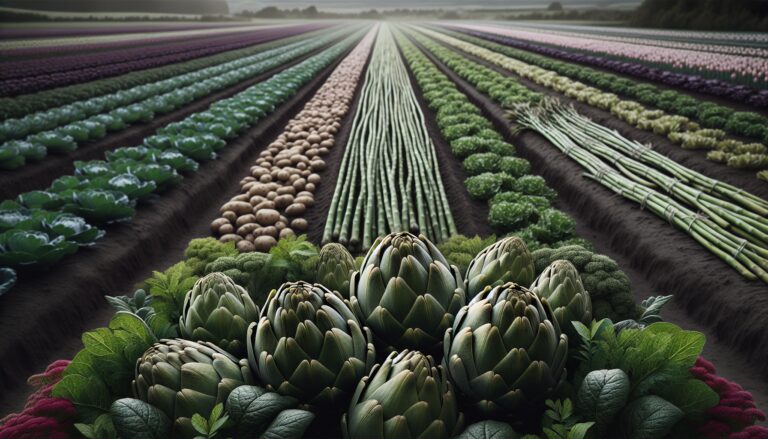Argomenti trattati
Understanding the challenges of vegetable gardening
Gardening can be a rewarding hobby, but not all vegetables are created equal when it comes to ease of growth. Some vegetables present unique challenges that can frustrate even the most seasoned gardeners. Factors such as climate, soil type, and maintenance requirements can significantly impact the success of your vegetable garden. For instance, artichokes are notorious for their lengthy growth period, taking up to two years to mature. They thrive in specific conditions that mimic California’s climate, making them a poor choice for many gardeners.
Hard-to-grow vegetables and their requirements
Asparagus is another vegetable that poses challenges due to its space and time requirements. It can take up to five years to reach peak maturity, during which time gardeners may see little to no yield. Similarly, crops like Brussels sprouts require diligent care, including pest control and consistent watering, to thrive. These vegetables demand attention and patience, which can be daunting for those looking for quick results.
Cauliflower, often described as a “fussy perfectionist,” requires stable temperatures to produce quality heads. Fluctuations in temperature can lead to bitter or underdeveloped crops. Celery, on the other hand, is a heavy feeder that needs constant moisture but cannot tolerate overly wet conditions. This delicate balance makes it a challenging vegetable for many gardeners.
Easy-to-grow alternatives for your garden
Fortunately, there are several easy-to-grow alternatives that can provide satisfying yields without the headaches associated with more challenging vegetables. For instance, baby leaf lettuce can be harvested in as little as 30 days and is forgiving in terms of care. Similarly, beets and carrots thrive in various climates and require minimal effort, provided they have consistent moisture.
For those who enjoy the taste of Brussels sprouts, cabbage offers a simpler solution. It can be harvested within 60 to 100 days and is easier to maintain. If sweet corn is your preference, consider growing peas instead. They are easy to plant and can be sown in succession during the spring and fall for increased yields.
Potatoes are another excellent choice for beginner gardeners. They can be grown in various settings, including raised beds and containers, and are easy to harvest once the plants die back. By opting for these easier alternatives, gardeners can enjoy the fruits of their labor without the stress of managing more demanding crops.

